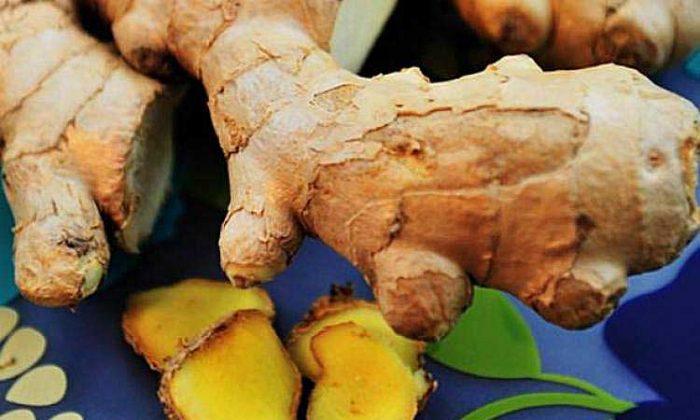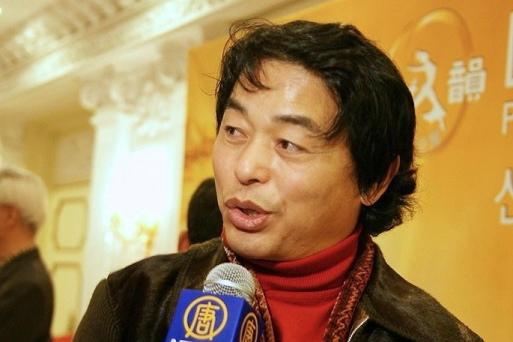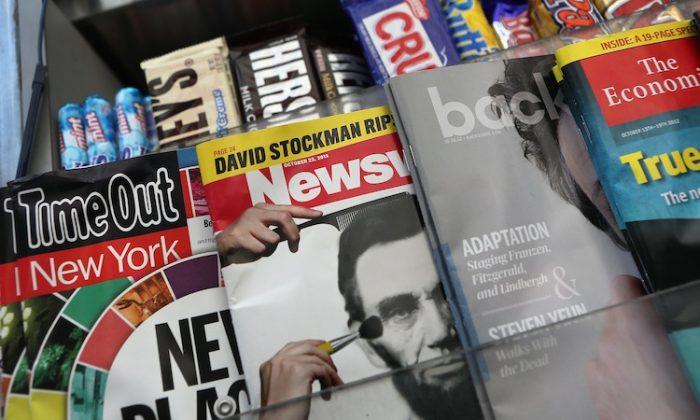Why are some birds male on one side and female on the other? This question has puzzled scientists for centuries, but it will no longer.
A group of researchers from the Roslin Institute at the University of Edinburgh conducted a study involving rare, naturally occurring chickens with white (male) plumage on one side and brown (female) plumage on the other.
For centuries, it was thought that sex chromosomes in birds determined whether a testis or an ovary forms, and then the hormones would control sexual traits.
The researchers, however, identified differences between male and female cells that control the development of sexual traits. They have named the phenomenon cell autonomous sex identity (CASI).
“This research has completely overturned what we previously thought about how sexual characteristics were determined in birds,” said lead researcher Dr. Michael Clinton in a press release.
“We now believe that the major factors determining sexual development are built into male and female cells and derive from basic differences in how sex chromosome genes are expressed. Our study opens a new avenue for our understanding of sexual development in birds.
“It also means we must now reassess how this developmental process occurs in other organisms. There is already some evidence that organs such as the heart and brain are intrinsically different in males and females and birds may provide a model for understanding the molecular basis for these gender differences.”
The findings, published in the journal Nature, could also lead to improvements in poultry production through indentifying some of the molecular differences between male and female cells, which could lead to better tests for sexing embryos prior to hatching.
The group will now study the molecular mechanisms underlying the differences between male and female cells, with a grant of 800,000 pounds from the Biotechnology and Biological Sciences Research Council (BBSRC), the U.K.’s leading biosciences agency.
A group of researchers from the Roslin Institute at the University of Edinburgh conducted a study involving rare, naturally occurring chickens with white (male) plumage on one side and brown (female) plumage on the other.
For centuries, it was thought that sex chromosomes in birds determined whether a testis or an ovary forms, and then the hormones would control sexual traits.
The researchers, however, identified differences between male and female cells that control the development of sexual traits. They have named the phenomenon cell autonomous sex identity (CASI).
“This research has completely overturned what we previously thought about how sexual characteristics were determined in birds,” said lead researcher Dr. Michael Clinton in a press release.
“We now believe that the major factors determining sexual development are built into male and female cells and derive from basic differences in how sex chromosome genes are expressed. Our study opens a new avenue for our understanding of sexual development in birds.
“It also means we must now reassess how this developmental process occurs in other organisms. There is already some evidence that organs such as the heart and brain are intrinsically different in males and females and birds may provide a model for understanding the molecular basis for these gender differences.”
The findings, published in the journal Nature, could also lead to improvements in poultry production through indentifying some of the molecular differences between male and female cells, which could lead to better tests for sexing embryos prior to hatching.
The group will now study the molecular mechanisms underlying the differences between male and female cells, with a grant of 800,000 pounds from the Biotechnology and Biological Sciences Research Council (BBSRC), the U.K.’s leading biosciences agency.



